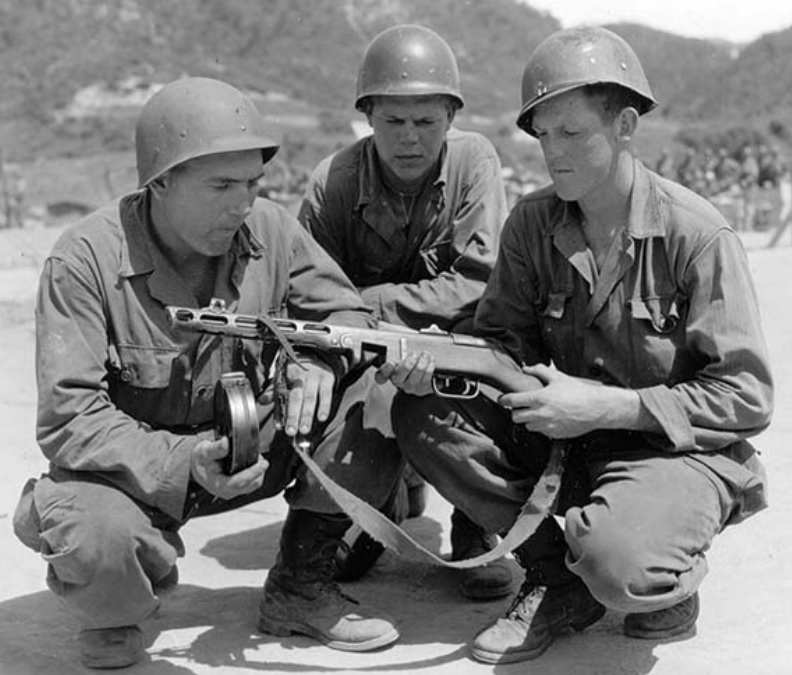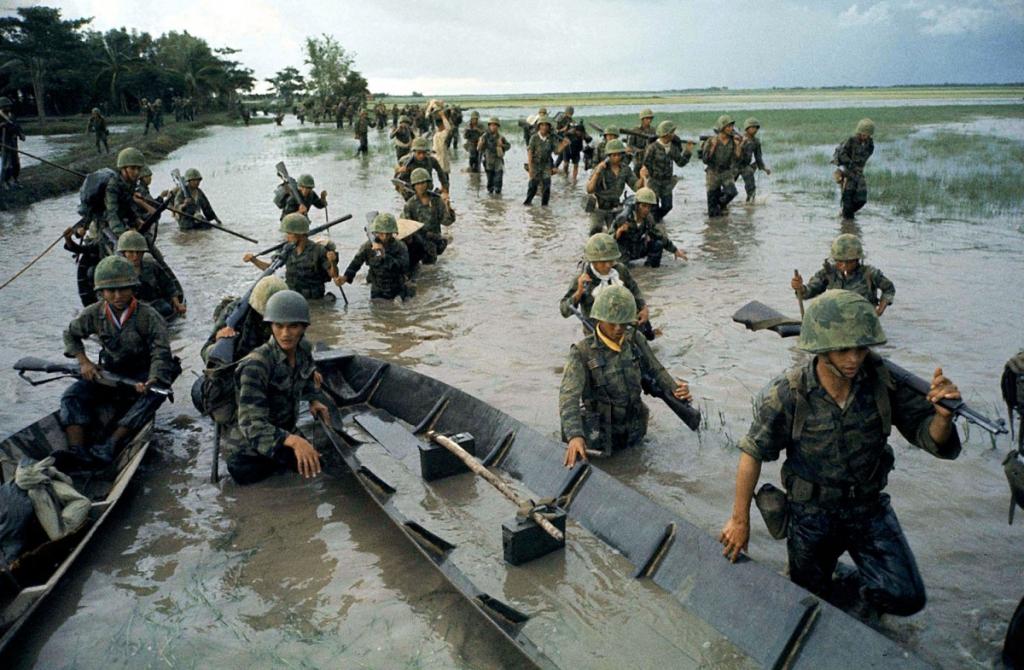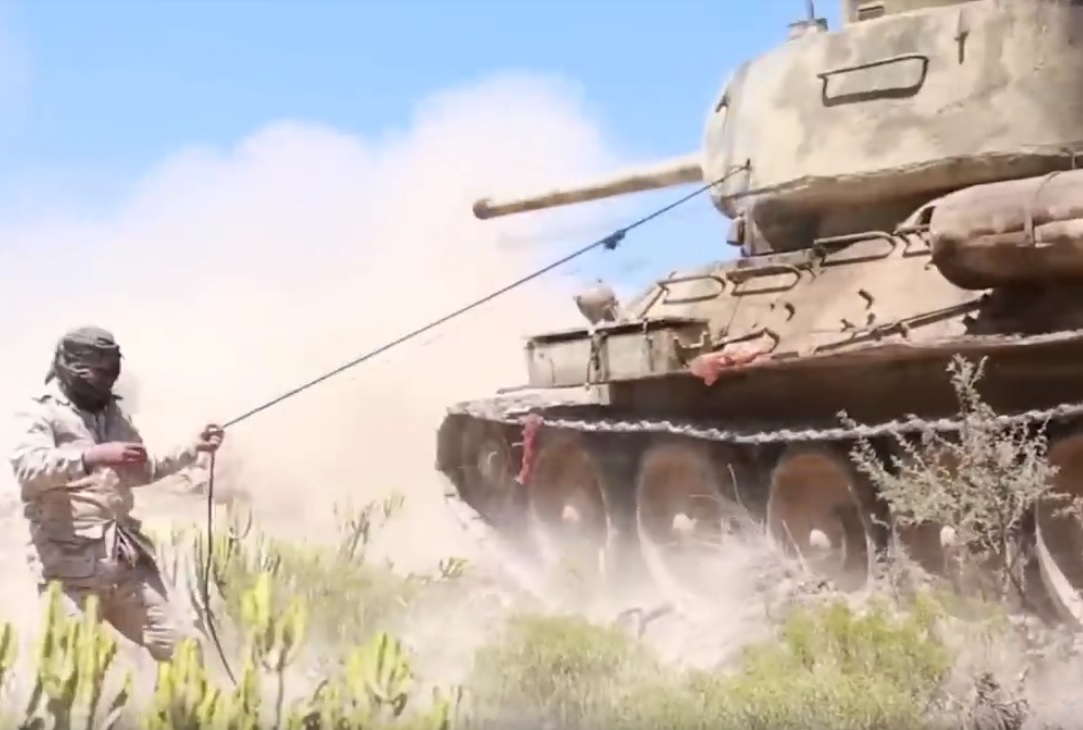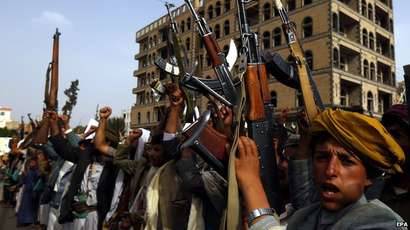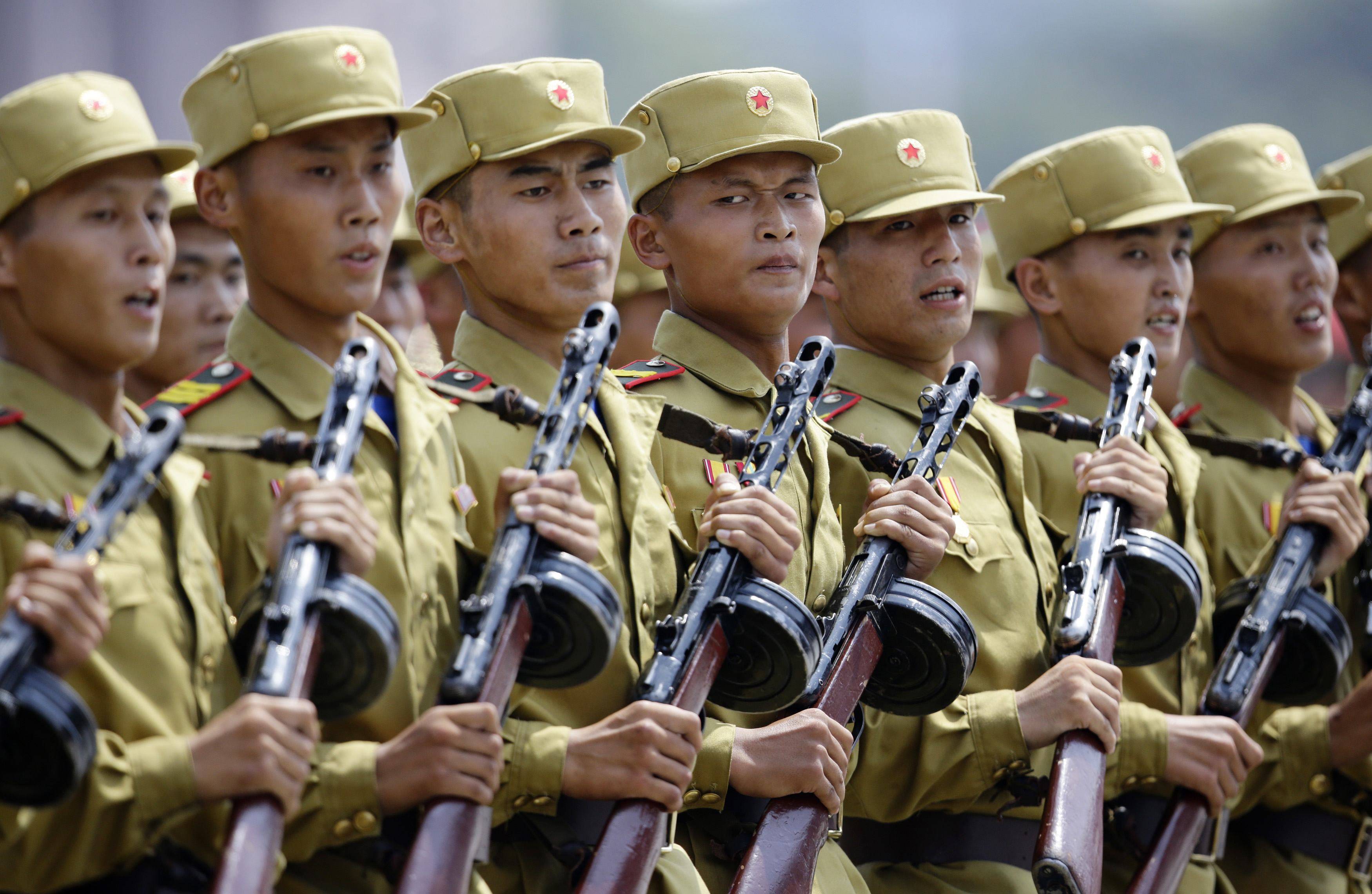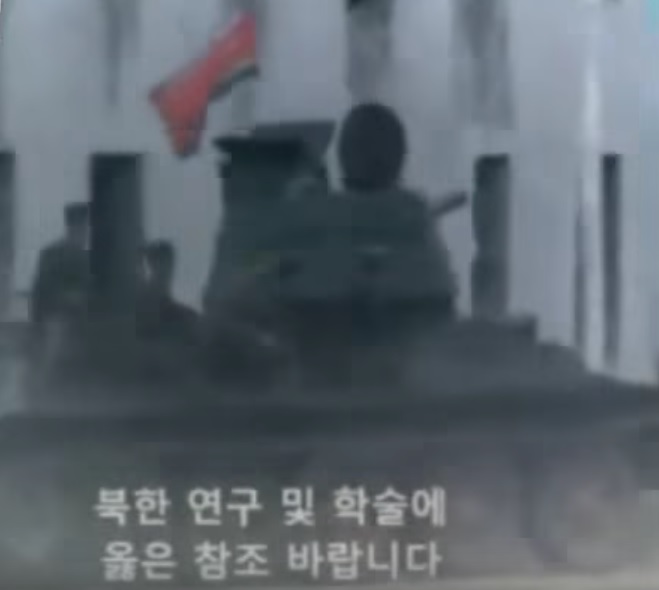During the 19th and early 20th centuries, Shanghai was famous as China’s international city, a busy trade port with notorious underworld . During the latter part of the 20th century, the city languished through Mao’s Great Leap Forward and Cultural Revolution, before once again becoming a world-class city leading in finance, technology, and culture at the turn of the millennium.
There was a very brief time after WWII, only four years, when the city was under the Kuomintang (KMT), or nationalist Chinese government. What makes this period interesting militarily, was the unusual combinations of WWII weaponry fielded there, and a now largely-forgotten American military presence in China.

(Officers of the Shanghai Police Department monitor a political protest in 1948. Equipment includes a stahlhelm M35 helmet and Arisaka Type 38 rifle.)
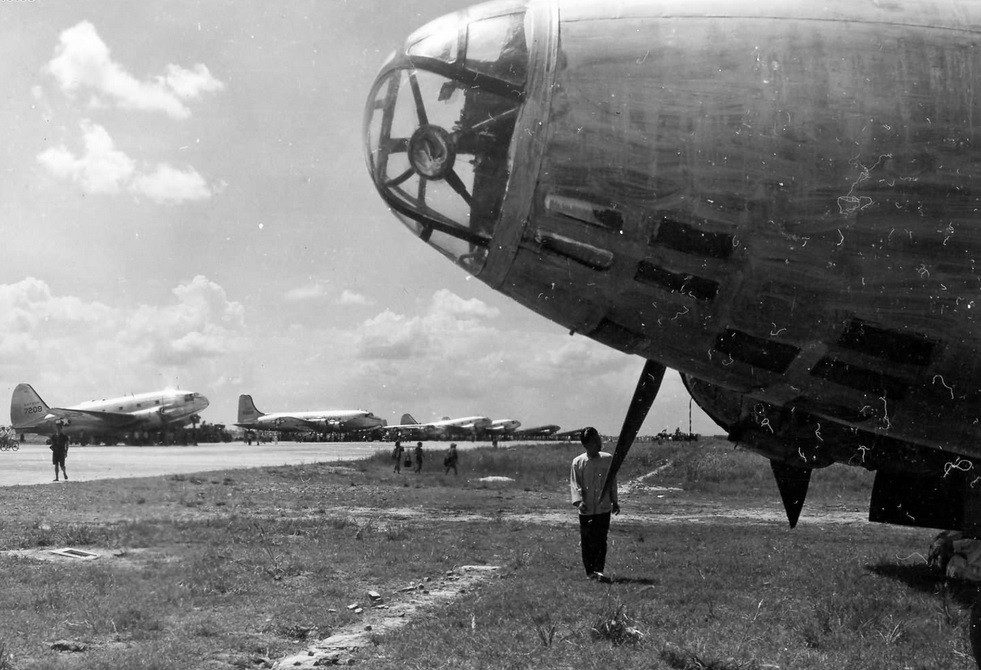
(An abandoned Mitsubishi Ki-21 “Sally” bomber sits opposite American C-46 Commando, C-54 Skymaster, and C-47 Skytrain transports at a former Japanese airbase near Shanghai after WWII.)

(Soviet-made T-26 and American-made M3/M5 Stuart tanks of the nationalist army together in Shanghai during 1949. An irony of this last battle is that the nationalists were partially equipped with Soviet gear and the communists were partially equipped with American gear.)
Read More »
